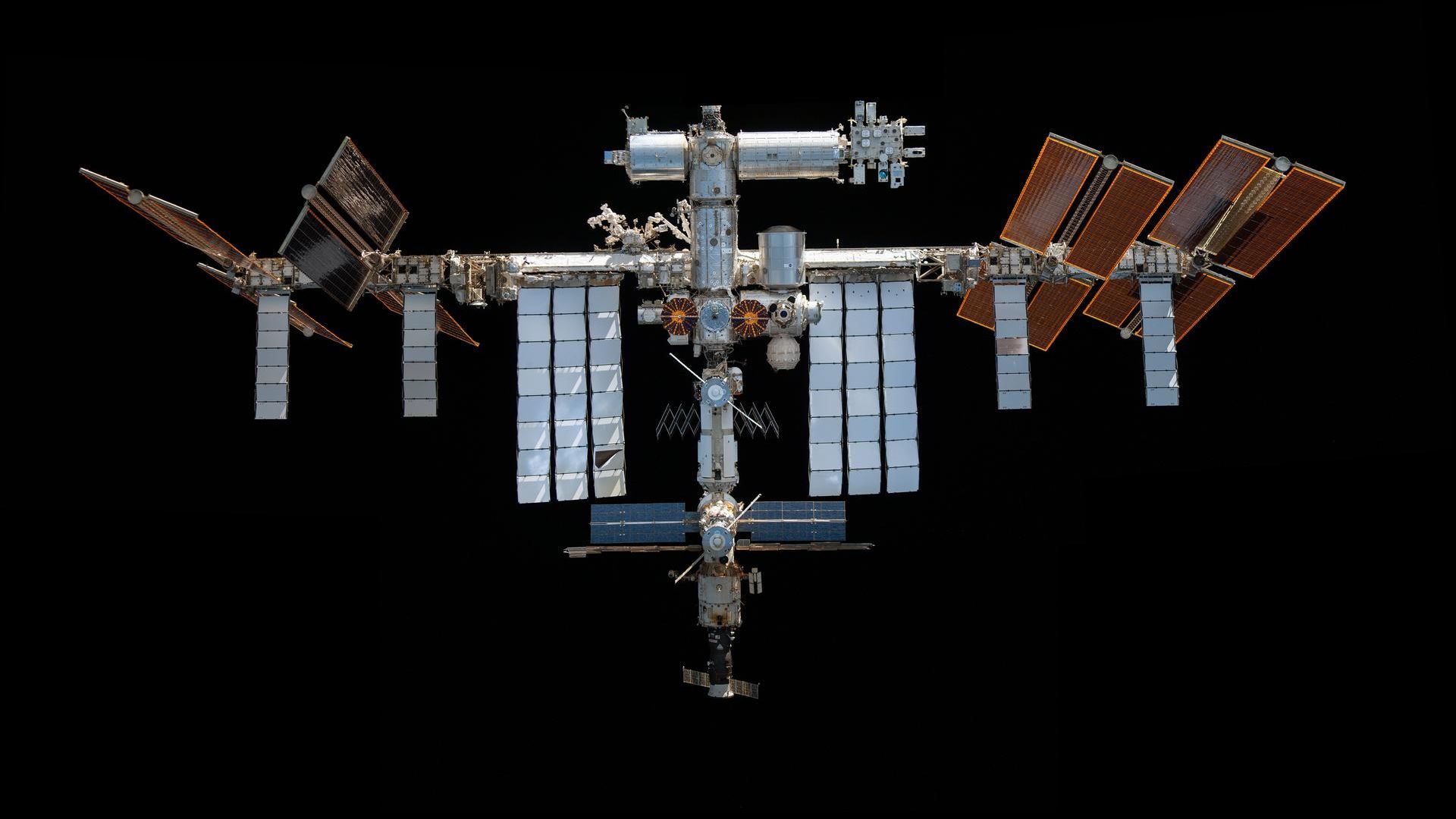| IN A NUTSHELL |
|
Radio astronomy stands on the cusp of a significant leap forward as scientists prepare to deploy a groundbreaking radio telescope on the Moon’s far side. The Lunar Surface Electromagnetics Experiment, or LuSEE-Night, aims to shield itself from Earth’s cacophony of radio signals. This ambitious project promises to open a new chapter in our cosmic exploration, allowing researchers to listen to the universe in unprecedented silence. By moving beyond Earth’s interference, astronomers hope to uncover secrets of the universe that have long been obscured by terrestrial noise.
Challenges of Earth-Based Radio Astronomy
Radio astronomers face significant hurdles when attempting to observe the universe from Earth. Despite the advances in technology, the planet is inundated with radio noise. Everyday devices such as cell phones, car engines, and microwave ovens contribute to this sonic clutter. Even natural phenomena like lightning strikes and reflections off the ionosphere add to the interference. These factors make detecting faint cosmic signals akin to finding a needle in a haystack.
Efforts to mitigate these issues have included the establishment of radio silent zones in remote regions. Locations like Goonhilly in England and protected areas in the United States, South Africa, and Australia serve as refuges from the pervasive interference. However, even these measures fall short for the most sensitive observations. The need for a more radical solution has driven scientists to consider the Moon’s far side, where the lunar body itself acts as an effective shield against Earth’s radio noise.
A Lunar Sanctuary for Radio Astronomy
The far side of the Moon offers an unparalleled opportunity for radio astronomers. Shielded from Earth’s radio frequency pollution, this location provides a pristine environment for studying the cosmos. The Moon’s mass effectively blocks terrestrial signals, allowing for clearer reception of distant celestial broadcasts. This makes it an ideal spot for the LuSEE-Night mission.
LuSEE-Night, a collaboration between the US Department of Energy’s Brookhaven National Laboratory, NASA, and other prestigious institutions, aims to demonstrate the feasibility of operating a radio telescope remotely on the Moon. By monitoring low-frequency radio signals, LuSEE-Night will help construct a comprehensive picture of the electromagnetic spectrum. This mission could unlock insights into the Cosmic Dark Ages, a period shrouded in mystery, occurring before stars and galaxies began to illuminate the universe.
Technical Innovations and Challenges
LuSEE-Night is part of the Firefly Aerospace’s Blue Ghost 2 lunar lander mission. Equipped with a 3.3 x 3.3 x 2.3 ft device, it will monitor radio signals in the 0.1 to 50 MHz range. Its cutting-edge technology includes a 50-MHz Nyquist baseband receiver system and a radio spectrometer. This setup allows the telescope to filter and analyze cosmic signals effectively.
The mission faces significant technical challenges. The Moon’s harsh environment demands robust engineering solutions. LuSEE-Night is solar-powered but must endure extreme temperature fluctuations. During the lunar night, temperatures plummet to -279.6°F, risking damage to the equipment. To counteract this, the telescope is equipped with a 88.2-lb lithium-ion battery to power heaters, ensuring operational integrity.
Future Prospects for Lunar Radio Astronomy
If LuSEE-Night proves successful, it could pave the way for more ambitious projects on the Moon’s far side. The concept of turning lunar craters into immense radio dishes is gaining traction. Such structures could dwarf Earth-based facilities, offering unparalleled sensitivity and resolution. This would mark a significant advancement in our ability to explore the universe.
Moreover, the success of this mission could inspire international collaboration in space exploration. By pooling resources and expertise, nations could establish a permanent radio astronomy presence on the Moon. This would enable continuous monitoring of cosmic phenomena and foster a deeper understanding of our universe’s origins and evolution.
The LuSEE-Night mission represents a bold step into the future of radio astronomy. By escaping Earth’s radio noise, scientists hope to unlock new cosmic secrets. As we prepare to listen to the universe from the Moon’s tranquil far side, we must ask: what new wonders will this silent sanctuary reveal about the cosmos, and how will it change our understanding of our place in it?
This article is based on verified sources and supported by editorial technologies.
Did you like it? 4.6/5 (26)
Source link

